Introduction:
Mirrors are essential household items that enhance the aesthetic appeal of a space while serving practical purposes. However, accidents happen, and scratches or damage to the back of a mirror can occur. Repairing a scratch on the back of a mirror may seem daunting, but depending on the severity of the scratch, there are potential solutions that can restore its appearance. In this guide, we will explore various methods and techniques for repairing scratches on the back of a mirror, including DIY options and professional assistance. By understanding these options, you can determine the best course of action to address the scratch and restore the mirror’s visual appeal.
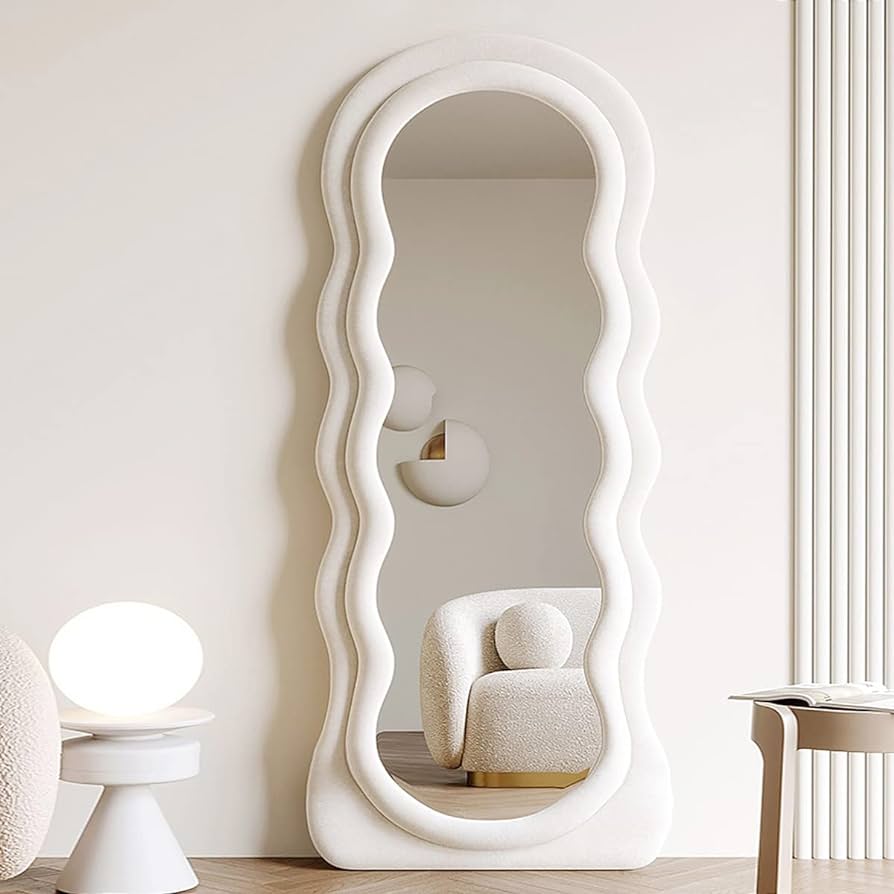
Can you repair a scratch on the back of a mirror?
Assessing the Severity of the Scratch:
Before attempting any repair method, it is important to assess the severity of the scratch on the back of the mirror. Scratches can range from superficial and minor to deep and significant. Here are some factors to consider when evaluating the scratch:
a. Depth: Determine how deep the scratch is by running your fingernail across its surface. Superficial scratches may be barely noticeable and can often be repaired with simple techniques. Deeper scratches may require more extensive repairs or professional assistance.
b. Length and Width: Note the length and width of the scratch. Longer and wider scratches may be more challenging to repair, especially if they are beyond the scope of DIY methods.
c. Location: Consider the location of the scratch on the back of the mirror. If it is in a less visible area, such as the outer edges, you may be more willing to attempt DIY repairs. However, if the scratch is in a prominent area, seeking professional assistance may be a better option to ensure optimal results.
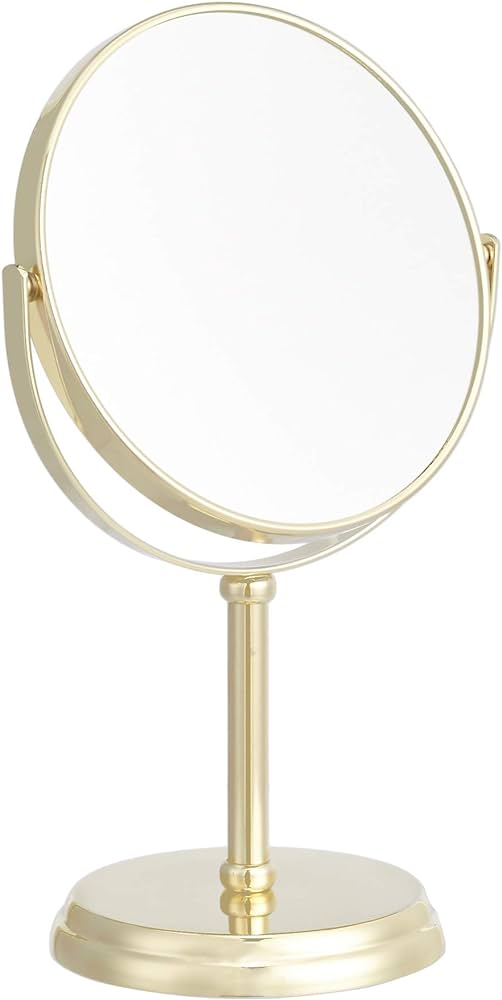
DIY Methods for Repairing Minor Scratches:
For minor scratches that do not penetrate the mirror’s reflective surface, there are several DIY methods you can try to repair the scratch. Keep in mind that these methods are most effective for shallow scratches and may not provide perfect results:
a. Toothpaste: Apply a small amount of non-gel toothpaste to the scratch and gently rub it in circular motions with a soft cloth or cotton swab. Rinse with water and wipe dry. Toothpaste can act as a mild abrasive and help minimize the appearance of minor scratches.
b. Baking Soda and Water: Create a paste by mixing baking soda with water until it forms a thick consistency. Apply the paste to the scratch and gently rub it with a soft cloth. Rinse with water and wipe dry. Baking soda’s mild abrasiveness can help reduce the visibility of surface-level scratches.
c. Nail Polish: For very shallow scratches, applying a clear nail polish over the scratch can help fill in the gap and provide a smoother surface. Allow the nail polish to dry completely before cleaning the mirror.
d. Metal Polish: Metal polishes, such as silver or brass polish, can be used to minimize the appearance of minor scratches on mirrors. Apply a small amount to the scratch and gently rub it in circular motions with a soft cloth. Wipe clean with a damp cloth and dry thoroughly.
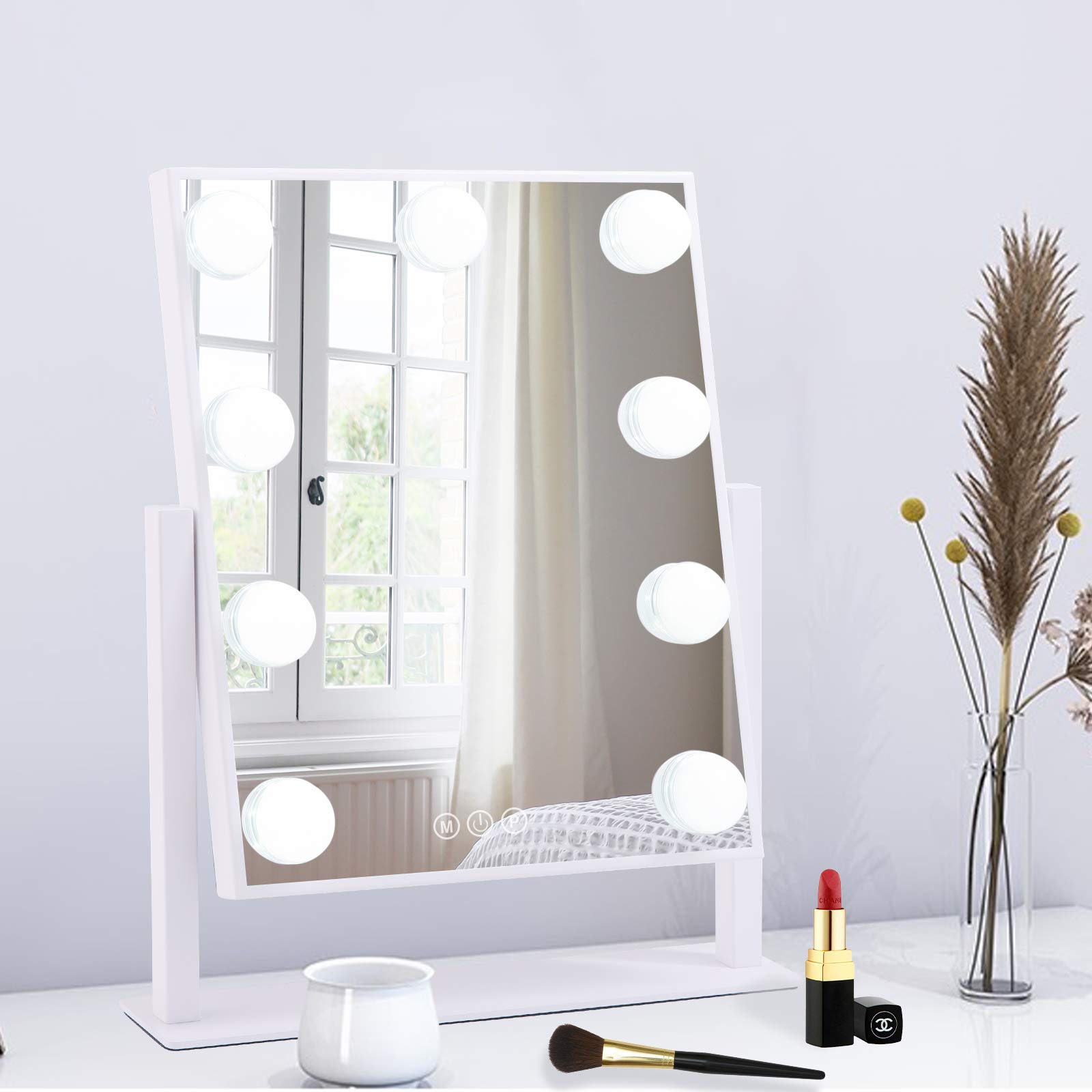
Professional Repair Options:
If the scratch is deep, significant, or located in a visible area, it may be best to seek professional assistance for optimal results. Professional repair services have the expertise and specialized tools to address various types of scratches on mirrors. Here are some common professional repair options:
a. Resilvering: Resilvering involves removing the reflective coating of the mirror and applying a new reflective layer to restore its appearance. This method is typically used for deep scratches or extensive damage. Resilvering requires skilled professionals and may involve removing the mirror from its frame.
b. Replacing the Backing: In some cases, the best solution for repairing a scratch on the back of a mirror is to replace the entire backing. This involves removing the damaged backing and replacing it with a new one. This method may be more suitable for large or severe scratches.
c. Mirror Film: Another professional option is the application of a mirror film to the back of the mirror. This film can provide a fresh surface and cover minor scratches effectively. Mirror films are available in various colors and finishes, allowing you to choose the most suitable option for your mirror.

Prevention and Maintenance:
Prevention is always better than repair when it comes to maintaining the condition of a mirror. While accidents can happen, following a few preventive measures and regular maintenance can help keep your mirror in good condition:
a. Avoid Harsh Cleaners: Use gentle, non-abrasive cleaners specifically designed for mirrors. Harsh chemicals can damage the mirror’s backing and make it more susceptible to scratching.
b. Soft Cloth or Microfiber Cloth: Use a soft cloth or microfiber cloth to clean the mirror’s surface. Avoid rough or abrasive materials that can scratch the mirror.
c. Handle with Care: When moving or handling a mirror, be cautious to prevent accidental scratches or damage. Use both hands and secure the mirror firmly to avoid dropping or mishandling it.
d. Regular Cleaning: Regularly clean the mirror to remove dust, smudges, and fingerprints. This prevents the accumulation of debris that can potentially lead to scratching.
e. Protective Backing: Consider applying a protective backing to the mirror to minimize the risk of scratches. Protective backings can be adhesive sheets or films that provide an additional layer of protection.
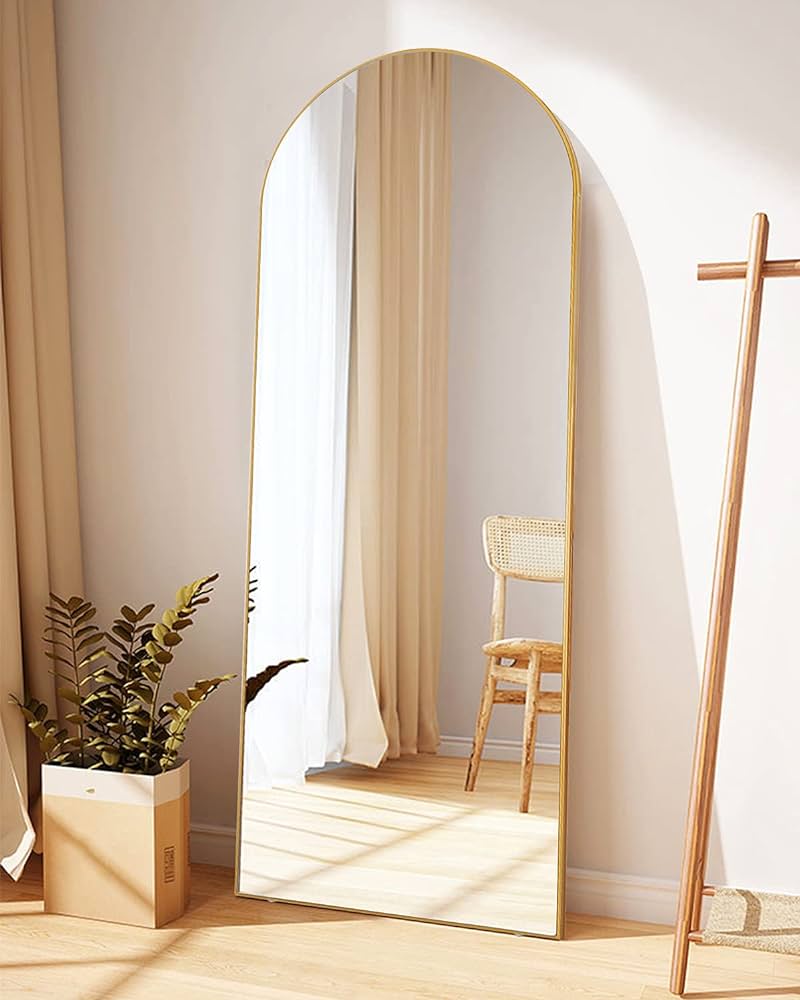
Conclusion:
Repairing a scratch on the back of a mirror is possible, depending on the severity of the scratch and your desired outcome. For minor scratches, DIY methods such as toothpaste, baking soda, nail polish, or metal polish can help minimize the appearance of the scratch. However, deeper or more significant scratches, as well as those located in prominent areas, may require professional repair options like resilvering or replacing the backing. It is important to evaluate the severity of the scratch and consider the location before choosing a repair method. Taking preventive measures and practicing regular maintenance can help reduce the risk of scratches and maintain the mirror’s condition. By following these guidelines, you can address minor scratches and keep your mirror looking its best.
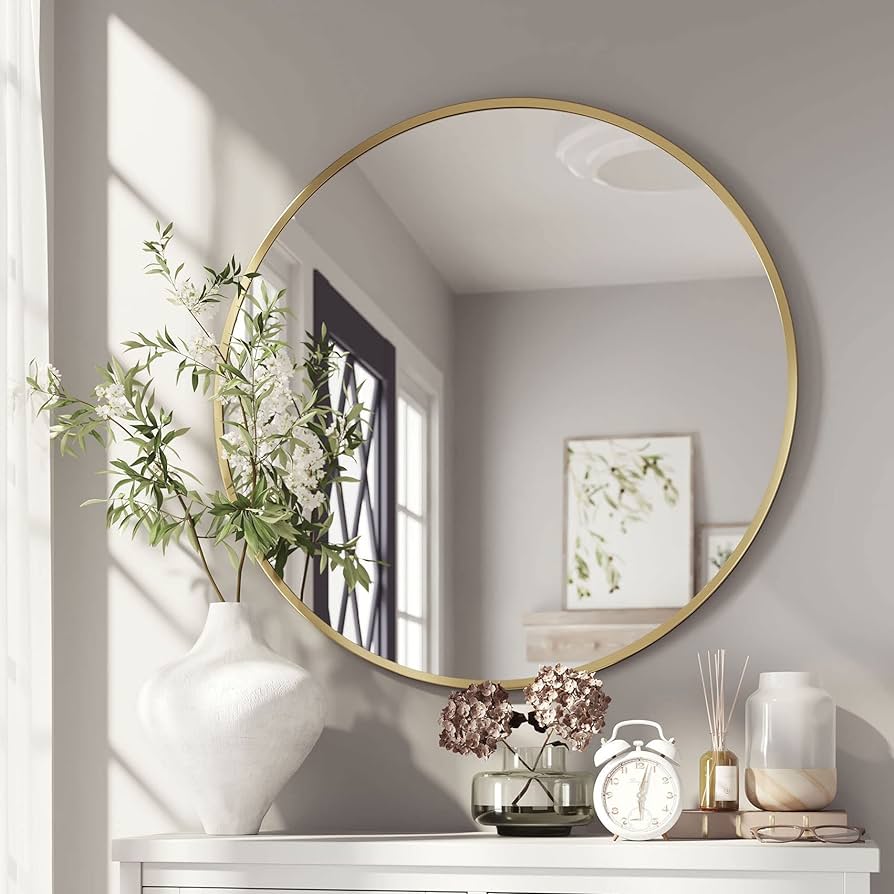
Leave a Reply